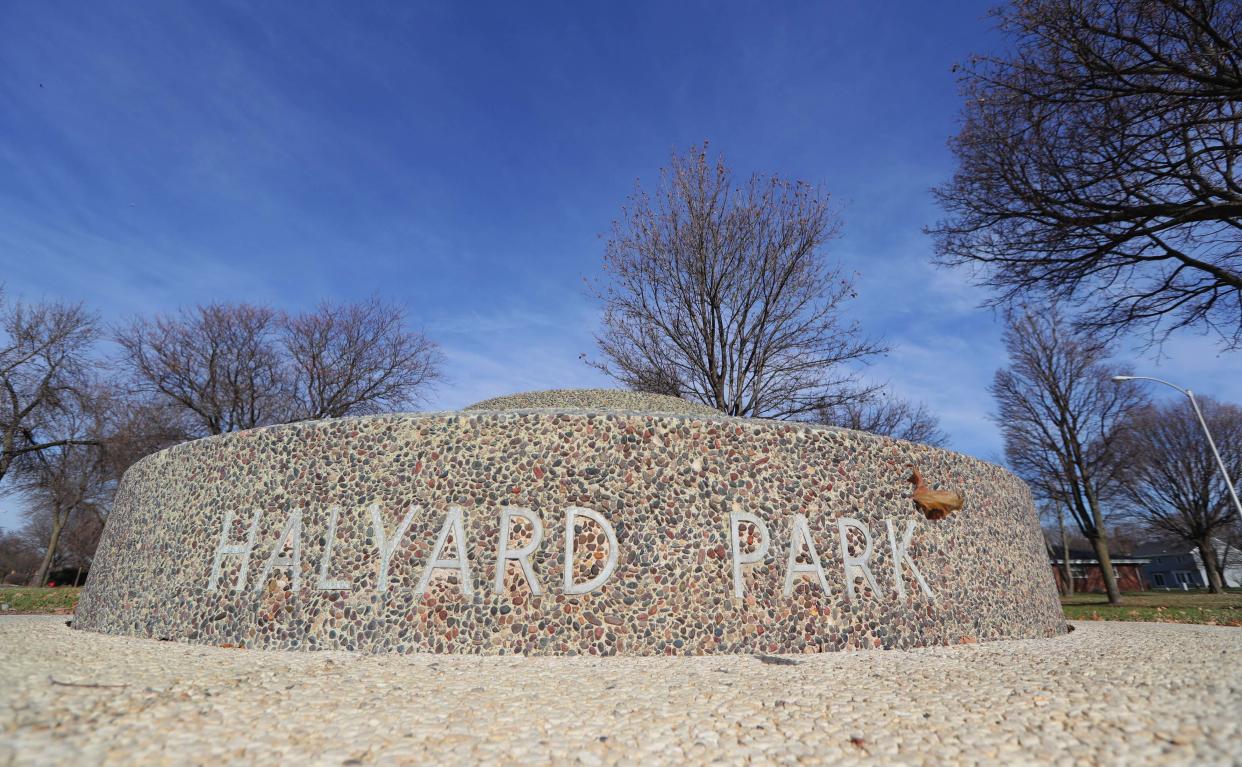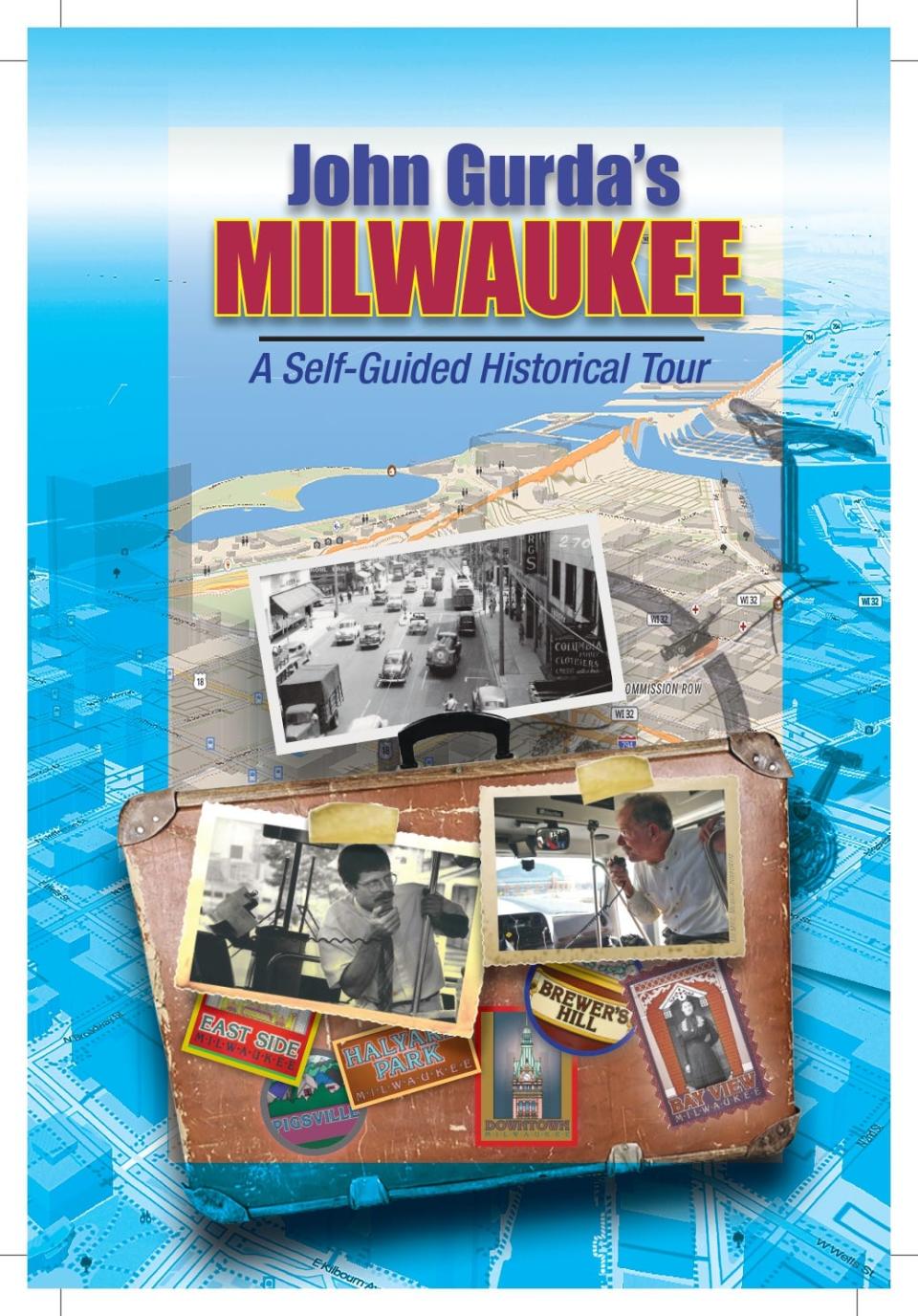New guidebook 'John Gurda's Milwaukee' helps people ride or bike their own local tours

Since the 1970s, local historian John Gurda has led hundreds of tours of Milwaukee for thousands of people, often from the front of a bus with a mic in his hand, dropping knowledge, context and lore about his hometown.
Now he has distilled those many spiels into "John Gurda's Milwaukee: A Self-Guided Historical Tour," a new book published by Milwaukee County Historical Society and specifically designed so you can be your own Gurda.
He'll launch the book with a signing event at 1:30 p.m. Dec. 10 at the historical society, 910 N. King Drive.
The 83-page guidebook ($24.95) has a wire binding so it can be opened flat, making it easier to use in motion. His full tour covers about 25 miles and takes about half a day by car, though Gurda, who is an enthusiastic cyclist, encourages people to explore by bicycle.

"Purposely low-tech, it’s guaranteed to refresh the map-reading skills of a generation raised on GPS," he writes with the humor of a man who has pored through documents for a living.
While major local landmarks are included (Maier Festival Park, Milwaukee Art Museum, etc.), Gurda writes that he emphasizes "the human side of the city."
Gurda sees this book as the handing on of a legacy. The inside cover credits page notes "All Rights Reserved," but adds this qualifier: "but tour operators are encouraged to use this guide freely and with attribution."
He has broken the tour up into 15 neighborhood-based segments, such as Merrill Park, Miller Valley, Halyard Park, Walker's Point, Historic South Side and Bay View. Directions for drivers are specific. For example, in the Bay View segment, he tells participants to "Turn right on Conway St. and pull over" to take in both Three Brothers restaurant and the site of the former Bay View iron mill (where militia killed seven people during a labor demonstration in 1886).
Here's a sampling of details from Gurda's guidebook:
Downtown: Why do downtown bridges cross the Milwaukee River at an angle? The pioneering settlements founded on either side of the river by Solomon Juneau and Byron Kilbourn didn't see eye to eye, and laid out their street systems independently of each other. Gurda even recounts the brief bridge war of 1845.
Merrill Park: The house at 504 N. 33rd St. was the boyhood home of two future Milwaukee mayors: brothers Carl and Frank.
Pigsville: Gurda reminds people that this neighborhood's Quad Park, 3800 W. St. Paul Ave., was once home to Marquette University's football stadium (undefeated since 1960). (Based on his research, Gurda spells Pigsville with a single g; other people call the isolated neighborhood Piggsville.)
Midtown: The Robert Machek house, 1305 N. 19th St., is a handcarved gem of ornamental woodwork inside and out.
Halyard Park: This suburban-style subdivision was named for Wilbur and Ardie Halyard, who in 1925 founded the first financial institution in Milwaukee's Black community, Columbia Savings and Loan.
Walker's Point: Gurda reminds readers that the place where George Walker built a cabin in 1834 "is without question the oldest neighborhood in Milwaukee." Its distinctive ethnic diversity in the 1800s led to each group putting up its own church. Hence, "Walker’s Point has the city’s highest concentration of nineteenth-century religious buildings today. Its skyline is a virtual thicket of steeples."
Historic South Side: Several houses in the 2100 block of South 14th Street are classic examples of "Polish flats," beginning life as basement-less cottages supported by cedar posts. When their owners became prosperous enough, they would jack up the structure to create half-basement living units underneath.
Bay View: The last public well in Milwaukee is in the 1700 block of East Pryor Ave.
"John Gurda's Milwaukee" will be sold at Milwaukee County Historical Society; Historic Milwaukee Inc., 235 E. Michigan St.; and at Boswell Books, 2559 N. Downer Ave.
More: 41 new books for holiday gifts in 2023, from crime fiction to children's books
This article originally appeared on Milwaukee Journal Sentinel: 'John Gurda's Milwaukee' is a guidebook for do-it-yourself tours

